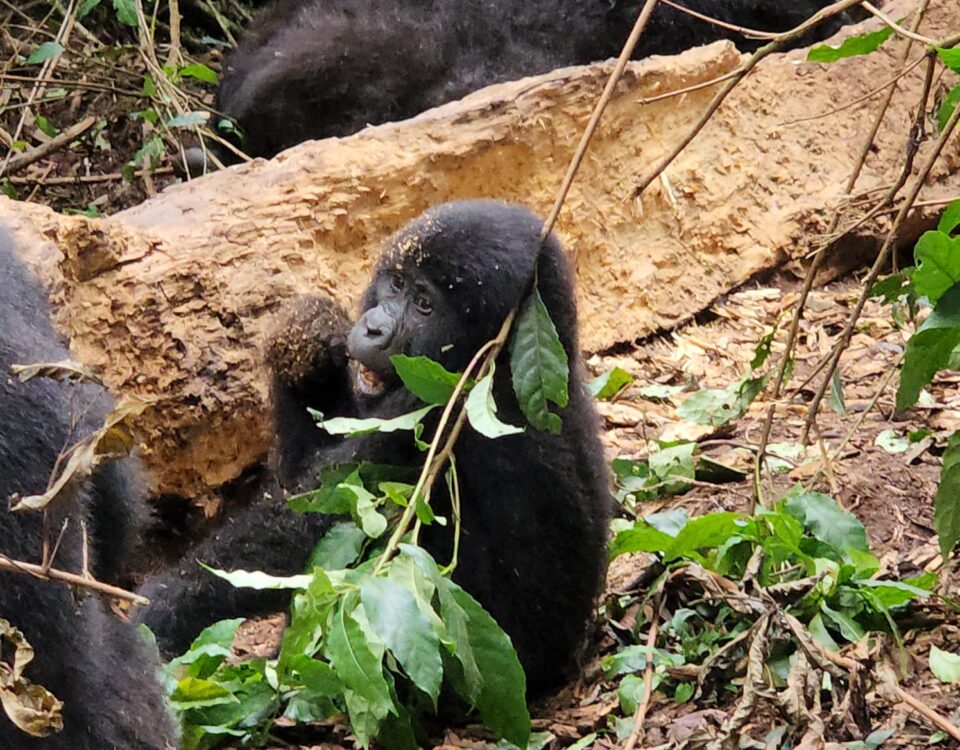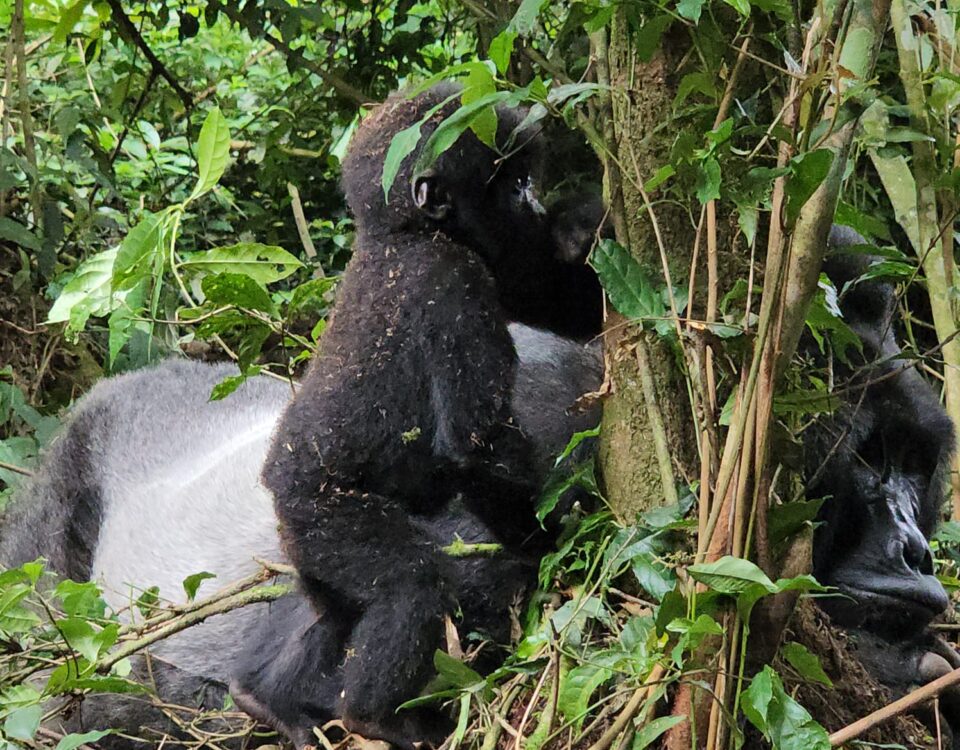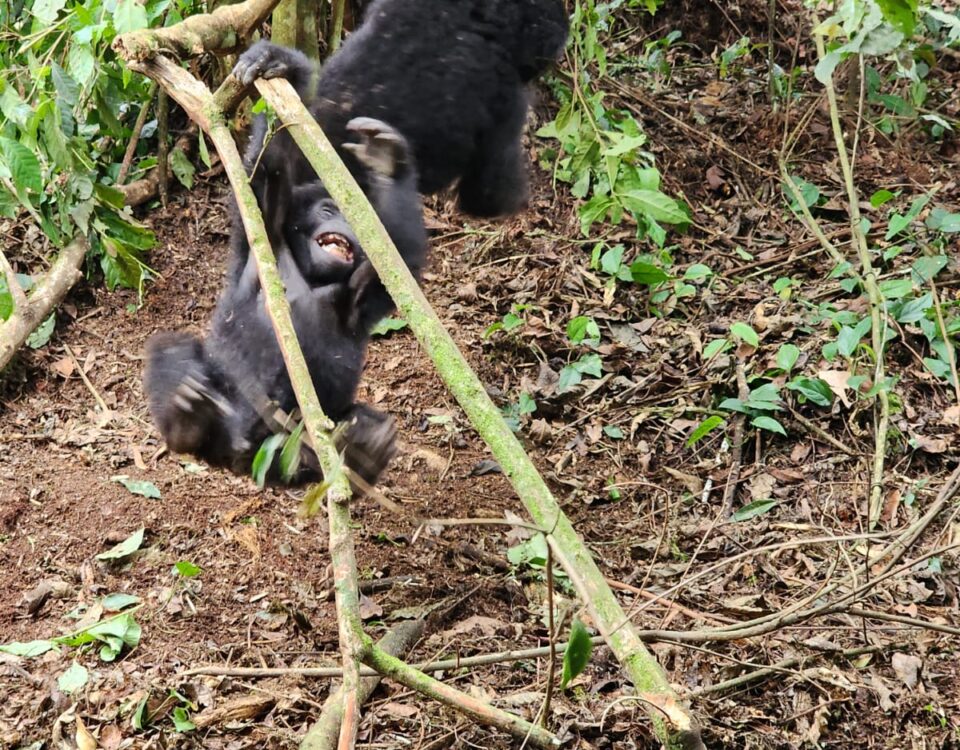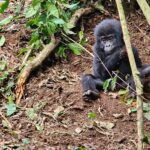
Is it Possible to Visit Volcanoes National Park During the Rainy Season?
March 28, 2025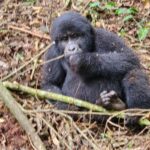
How Do I Stay Safe from Diseases Like Malaria When Visiting Volcanoes National Park?
March 28, 2025What Should I Do if I Encounter an Animal on My Trek?
What Should I Do if I Encounter an Animal on My Trek? Encountering wildlife during a trek in Volcanoes National Park is an exhilarating and memorable experience, but it also requires a certain level of caution and respect. The park is home to diverse species, including the famous mountain gorillas, as well as other animals such as golden monkeys, buffaloes, and various bird species. Whether you’re embarking on a gorilla trekking expedition or simply exploring the park’s lush landscapes, it’s essential to know how to act when you come across animals in their natural habitat. In this guide, we provide practical advice on how to safely handle wildlife encounters during your trek, ensuring both your safety and the protection of the animals.
Maintain a Safe Distance from Animals
One of the most important guidelines when encountering animals in Volcanoes National Park is to always maintain a safe distance. Wild animals are unpredictable, and even seemingly calm creatures can react aggressively if they feel threatened. The general rule is to stay at least 7 meters (21 feet) away from gorillas, and for other animals, a distance of 15-30 meters is advisable.
If you are trekking to see mountain gorillas, your guide will instruct you on how close you can get to them. While gorillas are often tolerant of human presence, especially if they are habituated to human interaction, it’s crucial to respect their space. The rangers are well-trained to assess the behavior of the gorillas and will guide you on how to interact with them to minimize stress for the animals.
For other animals such as buffaloes, elephants, or smaller primates, it is best to observe them from a distance. If you are lucky enough to spot these animals during your trek, avoid making any sudden movements or approaching them. Keep your voice low and ensure your movements are slow and non-threatening.
Stay Calm and Quiet
If you encounter an animal during your trek, the first rule is to remain calm. Sudden movements or loud noises can startle animals and lead to defensive or aggressive behavior. Keeping your composure helps to maintain a safe environment for both you and the animals.
While trekking in Volcanoes National Park, you may be in a remote area with limited communication, so your guide’s instructions are essential. Stay close to the group and follow the guide’s directions carefully. Your guide will know how to interact with the animals and ensure everyone remains safe.
For instance, when you encounter a mountain gorilla, it’s essential to speak softly and move slowly. Gorillas are intelligent animals, and they often observe human behavior carefully. If you speak or act too loudly, you may disrupt their comfort, potentially leading to stress or defensive reactions. By staying calm and quiet, you help create a peaceful atmosphere, allowing both you and the animals to enjoy the encounter safely.
Do Not Make Direct Eye Contact
In the animal kingdom, direct eye contact can often be perceived as a threatening gesture, especially for primates such as gorillas. If you come across a gorilla or other primate species, avoid making direct eye contact, as this could be interpreted as a challenge or threat. Instead, keep your head slightly lowered and your body relaxed.
If you encounter other wildlife, such as buffalo or elephants, the same principle applies. These animals may view direct eye contact as an aggressive stance. In such cases, look at the animals from the corner of your eye rather than directly staring at them.
By being mindful of animal behavior, you reduce the chances of provoking a negative reaction. It is also important to stay still if you feel the animal is approaching you. Sudden movements or eye contact could cause the animal to feel threatened, so remaining calm and composed is essential.
Follow the Instructions of Your Guide and Ranger
Your guide and ranger play a pivotal role in ensuring that you remain safe during wildlife encounters. They are experienced and trained to handle interactions with animals in Volcanoes National Park. If you find yourself in a situation where you encounter an animal, follow their instructions immediately.
In the case of gorilla trekking, your guide will lead you through the process of safely approaching the gorillas, explaining how to behave once you come upon them. They will also inform you about the specific actions to take if the gorillas approach you or if you witness any unusual behavior. Similarly, if you encounter dangerous animals like elephants or buffaloes, your guide will instruct you on what to do, such as keeping calm, moving quietly, or taking cover if necessary.
Guides and rangers are in constant communication with one another, ensuring that they are aware of any potential dangers or animal movements. They will ensure your safety by providing real-time advice on how to behave in the presence of various animals. Listening to and following their instructions is critical for a safe and enjoyable wildlife experience.
Respect the Park’s Wildlife Rules and Guidelines
Volcanoes National Park has a strict set of rules and guidelines designed to protect both visitors and wildlife. These rules aim to minimize human impact on the animals and their environment, ensuring that the park’s ecosystems remain intact for future generations.
One of the key guidelines is to never approach animals, especially if they are in a vulnerable position. For example, mountain gorillas can sometimes feel threatened by human presence, especially if they have young ones with them. If you encounter gorillas, it is essential to give them space to move freely, especially if the silverback, the dominant male, appears agitated. Similarly, if you come across other wildlife like golden monkeys or buffalo, be mindful of the park’s regulations regarding how close you can get to the animals.
Also, remember that feeding animals is strictly prohibited. Not only does feeding animals alter their natural behavior, but it can also lead to health issues for the animals. Ensuring that you adhere to these regulations helps protect the wildlife and contributes to a sustainable eco-tourism experience in the park.
Add a Cultural Experience: The Batwa Community
An encounter with wildlife isn’t the only remarkable experience Volcanoes National Park has to offer. As an add-on to your gorilla trekking experience, you can engage with the Batwa community, the indigenous people who once lived in the forests of Volcanoes National Park. The Batwa Cultural Experience provides a unique opportunity to learn about the traditions, history, and survival skills of the Batwa people, who lived in harmony with the park’s wildlife for centuries before they were relocated to the outskirts of the park.
The Batwa community offers visitors a chance to hear their stories, watch traditional dances, and learn about their sustainable lifestyle in the forest. This cultural experience not only adds depth to your visit but also directly contributes to the conservation efforts of Volcanoes National Park. By supporting the Batwa, you help preserve the cultural heritage of the park while simultaneously supporting the local communities that play a crucial role in conservation.
Know What to Do if You Are Charged by an Animal
While wildlife encounters in Volcanoes National Park are generally safe, there are instances where you might face an animal that feels threatened or defensive. If an animal charges, the best response is to stay calm and make yourself appear larger. For example, if a buffalo or an elephant begins to charge, raise your arms or use a walking stick to make yourself appear taller.
However, never turn your back on the animal or run away. Running can provoke a chase response. Instead, slowly move to the side, keeping your eyes on the animal and following the advice of your guide. If you are in a group, stay together and avoid separating, as animals are less likely to attack a group than a solitary person.
In the rare case of a more aggressive encounter, your guide or ranger will know how to manage the situation effectively. They are trained to assess animal behavior and take the necessary steps to protect the group.
Conclusion: Enjoy Your Trek While Staying Safe
Encountering wildlife in Volcanoes National Park is a once-in-a-lifetime experience, and knowing how to act responsibly ensures that you, the animals, and the ecosystem remain safe. Whether you are trekking to see mountain gorillas, observing other wildlife, or learning about local cultures, respect for the environment and animals is key to a fulfilling and responsible adventure.
By following the guidelines outlined here—maintaining a safe distance, staying calm, and listening to your guide—you can enjoy an unforgettable wildlife encounter that promotes both your safety and the protection of Volcanoes National Park’s incredible biodiversity.


